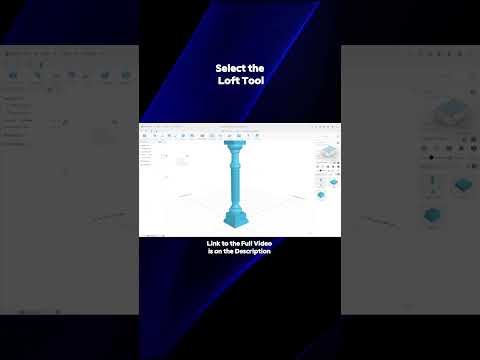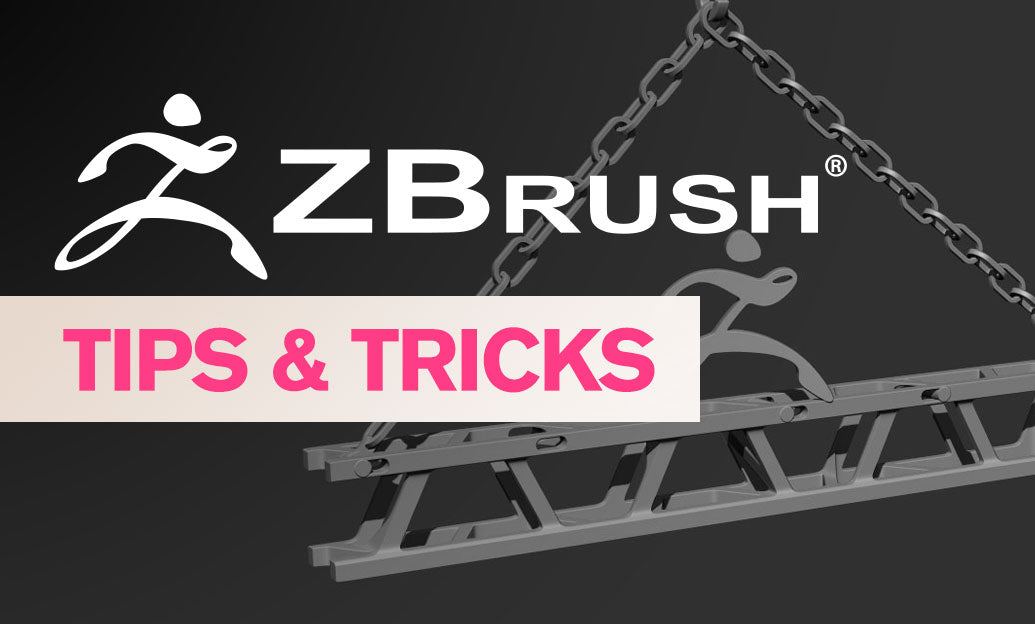Your Cart is Empty
In today's tip, we focus on creating and managing workspaces in AutoCAD, a crucial skill that enhances your productivity and workflow efficiency. Workspaces in AutoCAD allow you to customize the interface to suit your specific tasks and preferences. Efficient workspace management ensures that you have quick access to the tools and commands you use most frequently, reducing the time spent navigating through menus and toolbars.
Creating a Custom Workspace
To create a custom workspace in AutoCAD, follow these steps:
- Switch to a workspace that closely resembles what you want to create, such as the default "Drafting & Annotation".
- Make the necessary adjustments by adding, removing, or rearranging toolbars, panels, and palettes to fit your workflow.
- Once you have configured your workspace, type WORKSPACE in the command line and press Enter.
- Select Save Current As from the options and give your new workspace a descriptive name.
Managing Workspaces
Managing your workspaces effectively involves switching between them as needed, updating them as your workflow evolves, and knowing how to reset them if necessary. Here are some tips:
- Switching Workspaces: Use the Workspace Switching button in the status bar to quickly switch between different workspaces.
- Updating Workspaces: If you make changes to a workspace and want to save these new settings, type WORKSPACE in the command line, press Enter, and select Save to overwrite the existing workspace.
- Resetting Workspaces: If you need to reset a workspace to its original configuration, type WORKSPACE and select Restore, then choose the workspace you want to reset.
Benefits of Using Custom Workspaces
Utilizing custom workspaces can significantly improve your efficiency and comfort while working in AutoCAD. Some benefits include:
- Enhanced Productivity: Access your most-used tools quickly, minimizing the time spent searching through menus.
- Streamlined Workflow: Customize your workspace to align with the specific tasks at hand, whether it's drafting, 3D modeling, or annotation.
- Consistency: Maintain a consistent interface setup across different projects and sessions, ensuring a smooth transition between tasks.
By leveraging the power of custom workspaces, you can tailor AutoCAD to your unique needs, making your design process more intuitive and efficient. For more tips and tricks on mastering AutoCAD, visit NOVEDGE and explore their extensive resources.






